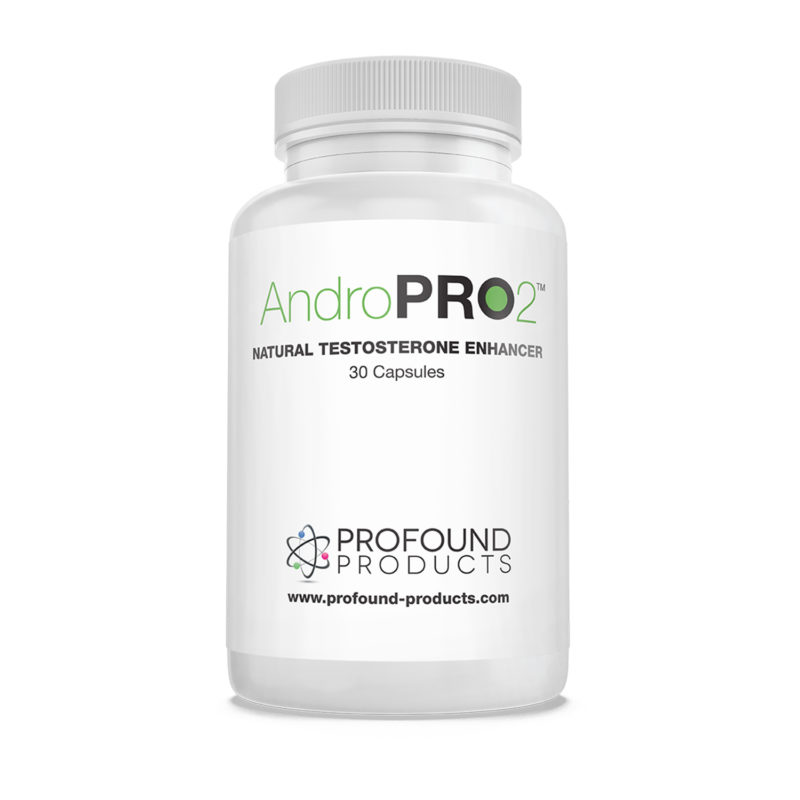Androstenedione – Is It A Big Hit?
Recently a new dietary supplement has taken the sports nutrition market by storm. Androstenedione, (pronounced “an-dro-stene-dye-own”) is a metabolite of DHEA and a natural precursor of testosterone. To understand why androstenedione has become so popular with athletes and bodybuilders, as well as how it may benefit health in general, we first need to look at testosterone.
Testosterone is responsible for the normal growth and development of the male sex organs, muscles, beard and body hair, and plays a key role in maintaining human health, strength and energy. In short, testosterone is responsible for making the male body ‘masculine’. In fact, every anabolic steroid is a synthetic analog of testosterone.
Growth hormone, although anabolic, is not a steroid – i.e., it is not derived from cholesterol. Having normal testosterone levels is essential for health and well-being. Lest we give the impression that testosterone is only a ‘male’ hormone, testosterone also promotes muscle growth, maintains mood, and boosts sex drive in women.
Testosterone and Youth
Like many other physiological and biochemical changes that occur with aging, testosterone levels (especially free testosterone – that portion of testosterone in the blood that is not bound to sex hormone binding globulin [SHBG]) drop significantly with advancing age. Often, symptoms like decreased sex drive and ability to perform (libido), fatigue, depression, and signs like increased body fat, reduced muscle mass, and loss of bone density are preceded by decreased testosterone production.
These signs of lowered testosterone production can occur at different times for different men, however most of us will experience a dramatic decline. Even those seniors fortunate enough to maintain testosterone in the normal range probably had even higher levels in their youth. Conditions other than advanced age that can lead to lower-than-normal testosterone levels include alcoholism, AIDS, chronic anemia, chronic corticosteroid use, chronic kidney failure, diabetes, liver disease, obesity, osteoporosis, rheumatoid arthritis and hypogonadism.
Replacement Therapy
The usual methods to restore low testosterone levels to normal are to use testosterone replacement therapy (TRT). This is normally done with injections, pills, or transdermal patches. One problem with many testosterone replacement therapies is that they use synthetic testosterone (like the hepato-toxic/liver-damaging methyltestosterone) which may cause a number of adverse effects. Another challenge is to mimic the body’s normal rhythmic production of testosterone.
Testosterone is naturally produced in a pulsate fashion, with the greatest amount being produced throughout the evening, with much smaller amounts produced during the day. Although somewhat safer than oral pills, testosterone injections and transdermal patches can cause testosterone levels to remain elevated for days or weeks. The testosterone will then either drop to subnormal values until the next treatment is given or applied, or the next treatment may result in an overload or be converted into estrogens or toxic metabolites.
The abnormally low levels of testosterone, which may occur following conventional, TRT is caused by feedback inhibition of the hypothalamus, pituitary and testicles. This can adversely influence natural endogenous testosterone production, and even lead to testicular atrophy. None of these problems are known to occur with physiological (in terms of both dose and timing) supplementation of androstenedione.
Androstenedione
Androstenedione, produced in the body from either 17-a-hydroxyprogesterone or dehydroepiandrosterone (DHEA), was first synthesised in 1935. In 1936, Dr. Charles Kochakian, a world expert on steroid hormones, discovered that it has both androgenic (mas-culinizing) and anabolic (tissue building) properties.
The scientific community ignored the anabolic effects of androstenedione until 1962. At that time, two researchers conducted an experiment in which normal women were given either 100mg of DHEA or 100mg of androstenedione.
The study found that both hormones led to elevated testosterone levels – but androstenedione increased testosterone levels twice as much as DHEA. In the women given DHEA, testosterone levels (normally less than 199 ng/dl), rose to 280 ng/dl within 60 minutes. The second group, taking androstenedione, had testosterone levels elevated as high as 660 ng/dl an hour later – a threefold increase above normal levels!
Significantly, this testosterone increase was transient, and lasted only a couple of hours – and remained at peak-levels for only a few minutes – just as occurs naturally in our bodies. Confirmation of the effectiveness of androstenedione is contained in a German patent which claims that 50 mg of oral androstenedione can raise plasma testosterone levels in men from 140% to 183% of normal. Thus we may now have arrived at a truly physiologic (natural) way to restore flagging testosterone levels in aging men and women to those of young, healthy adults.
Using Androstenedione
For those whose testosterone levels may need a boost, 25-50 mg of androstenedione taken at bedtime, and perhaps again first thing in the morning, will mimic the body’s normal diurnal rhythms. The same dose may be taken 30-60 minutes before exercise (for enhanced performance) or after completion of exercise (to enhance muscle recovery and growth). Serum levels of testosterone start rising about 15 minutes after oral administration and stay elevated for around 3 hours. Blood testosterone levels usually peak in around 1 to 1.5 hours after ingestion. Because the elevated testosterone levels swiftly return to normal baseline levels, there is little risk of negative feedback suppression of the hypothalamus, pituitary or testicles.
Women may also benefit from occasional low-dose androstenedione use. It will probably be found to be of use in the maintenance of bone density and actual reversal of osteoporosis. Also, occasional use of androstenedione as a libido-enhancer has been reported, with onset of effects occurring within 30-60 minutes.
Women using androstenedione for any use should be careful to adjust the dose downward – or discontinue use – should signs of secondary male characteristics be noted (i.e., voice deepening, hair or whiskers on upper lip, etc).
IAS Comments
Androstenedione is listed as AndroSpray on the current order form.
Reprinted with permission from Vitamin Research News, 1998. You can call VRP for their free newsletter, with articles by Ward Dean MD and Lane Lenard, PhD. Tel: U.S.A. 800 877 2447 or 1 702 884 1300.
